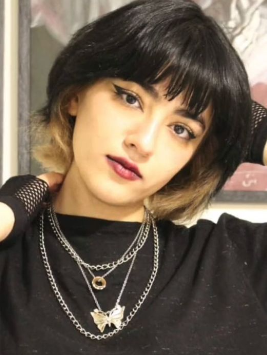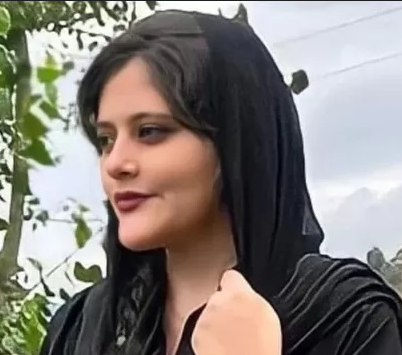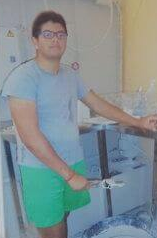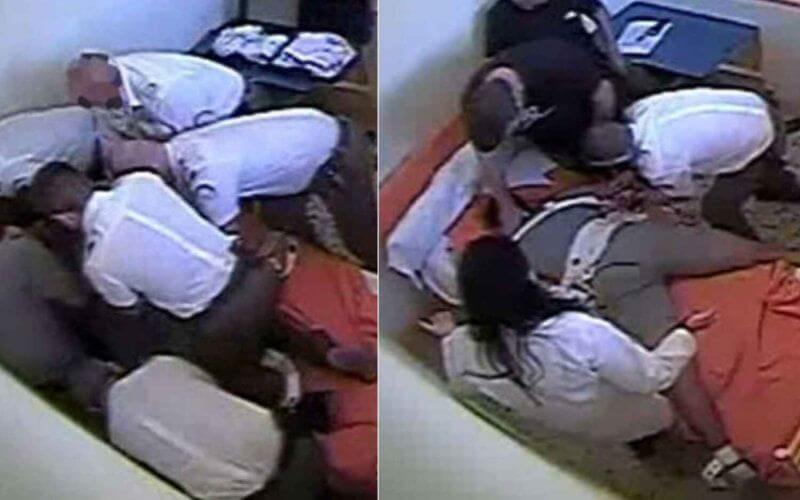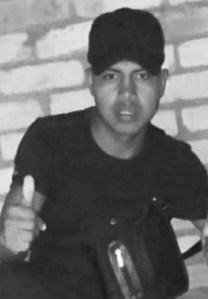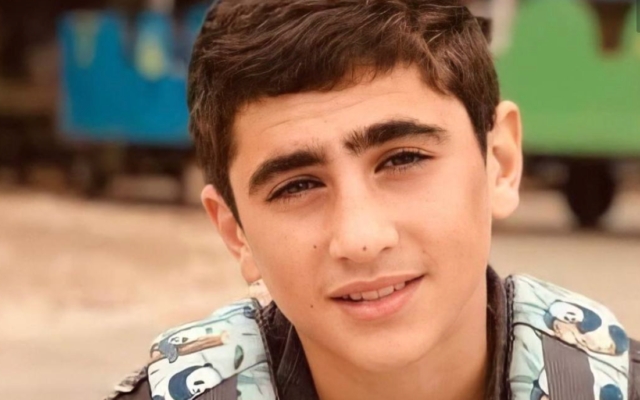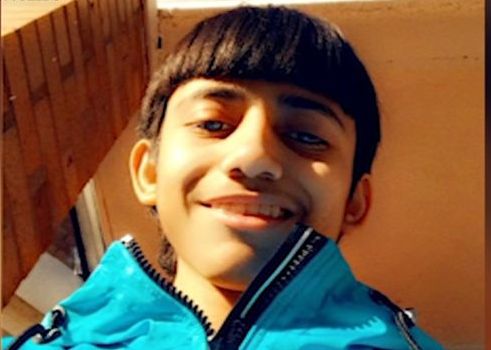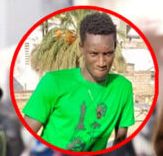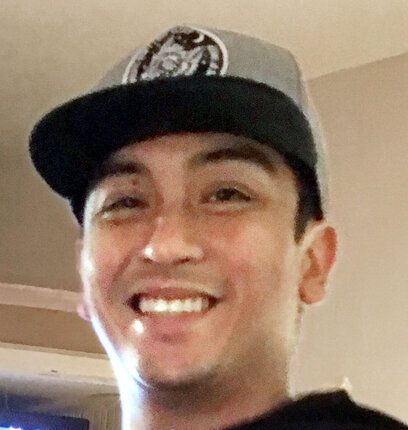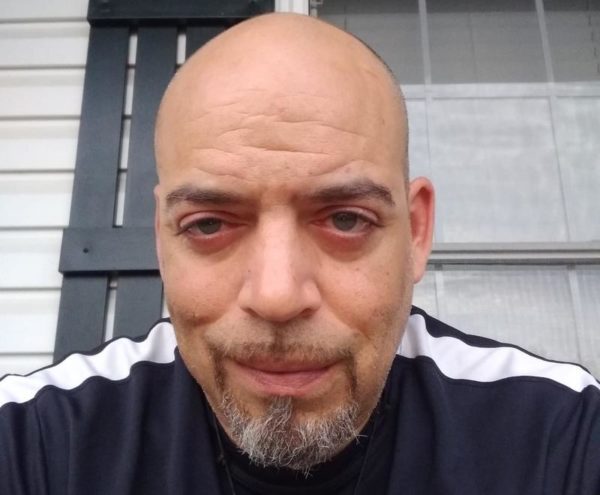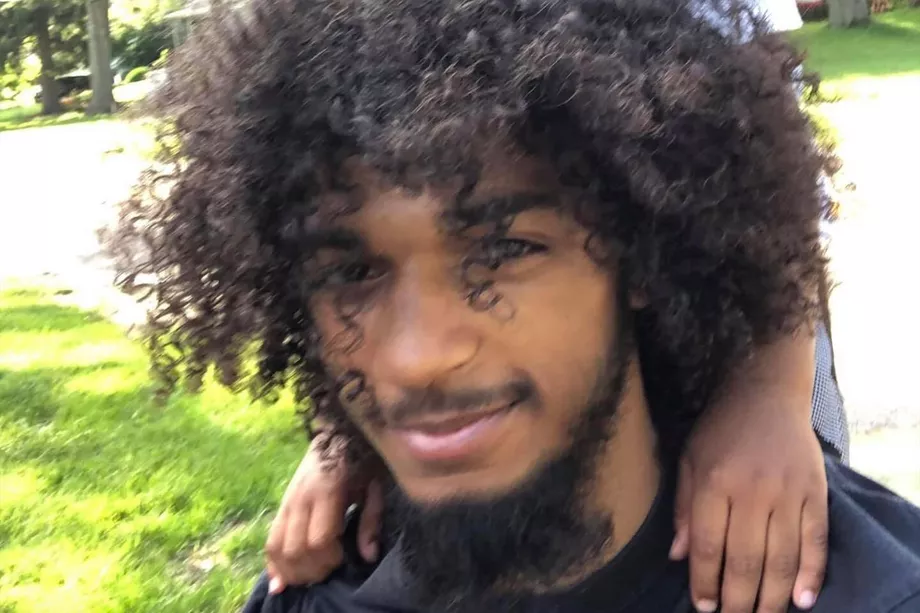September 20, 2022 – Keshavarz Boulevard, Tehran
16-year-old. Disappeared then turned up dead…
- Last update: 15:13 - First published
On 20 September 2022, 16-year-old Nika Shakarami (Persian: نیکا شاکرمی) vanished in Tehran during the 2022 Iranian protests following the death of Mahsa Amini. Her family was informed of her death ten days later. She had died under suspicious circumstances suspected to involve violence by security forces. After her body was identified by her family, they planned to bury her in Khorramabad, but the body was allegedly stolen by Iranian authorities and instead buried in Hayat ol Gheyb, reportedly to exercise leverage over her family and to avoid a funeral procession which could cause further protests.
The Iranian authorities denied wrongdoing, spread several contradictory stories concerning her fate, and allegedly coerced some of her family members to support these narratives. Nika‘s death and the attempts of government suppression regarding information on her fate was widely publicized in international media and further fanned the ongoing protests.
Her official cause of death was later described as blunt force trauma in a Behesh-e Zahra document. An Iranian document leaked to the BBC in 2024 concluded that Nika was killed by security forces that had taken her captive, after she fought back while being sexually assaulted by her captors.
The riot was called upon by The Covenant (پیمان) and the Neighborhood youth alliance (جوانان محلات ایران) bringing hundreds to Keshavarz Boulevard. Nika went missing after protesting on Keshavarz Boulevard in Tehran on 20 September. She had left her house around 13:00 UTC and brought with her a bottle of water and a towel as protection against tear gas. She initially told her family that she was going to visit her sister.
According to Nika‘s family, the last known communication was a message sent to one of her friends in which she said she was being chased by security forces. Apparently, she had been separated from her friends as the protests grew more crowded. Her friends last saw her around 15:00 UTC. On the night of 20 September, Nika‘s Telegram and Instagram accounts were deleted and her phone was turned off. According to CNN, on 12 October, her Telegram account was briefly reactivated, likely by Iranian authorities, and family members confirmed that Nika‘s phone was in the possession of the prosecutor’s office in Tehran. Iranian state media also reported that authorities had accessed direct messages on her Instagram account.
On 27 October 2022, CNN released footage of Nika‘s last hours during the protests. In one video she can be seen hiding behind cars in traffic, saying to a driver “Don’t move, don’t move“, implying that she was targeted and had been chased. The person who provided the video to CNN said they saw Nika being arrested and put into a police van.
After not hearing from her, Nika‘s family filed a missing person’s report and began searching police stations and hospitals. They also posted pictures of her on social media in the hope that someone would recognize her. Ten days later they were informed that someone with similar characteristics had been discovered during forensic examinations of dead protesters and her body was at the Kahrizak morgue, located in a local detention center. Nika‘s family members were not allowed to see the body, only to look at her face for a few seconds for identification purposes. The authorities reportedly informed them that she had died as a result of falling from a great height. They were shown a photograph of her lifeless body at a sidewalk to illustrate this but they found the picture to be suspicious. Nika‘s aunt claimed in an interview that Nika‘s nose had been completely destroyed and that her skull had been “broken and disintegrated from multiple blows of a hard object“, perhaps a baton. The family were told that she had been kidnapped, held, and questioned by the Islamic Revolutionary Guard Corps and had then been detained for a short time at the Evin Prison, a prison which has frequently been accused of systematically raping and torturing prisoners.
An Iranian document leaked to the BBC in 2024 detailed events leading up to and after Nika‘s death. The BBC verified that the document was part of a 322-page case file on anti-government protestors in 2022. The document stated that Nika was taken captive by security forces in an undercover van, sexually assaulted, and fought back, leading to her being beaten to death by batons. It also stated that Nika was taken to a temporary police camp and a detention center, but was not admitted into either location. Her captors were instructed to take her to Evin Prison, but dumped her body under the Yadegar-e-Emam highway after reporting her death to the Islamic Revolutionary Guard Corps and receiving new orders. There was no indication that the men responsible for her death were punished, possibly due to their affiliation with the Iranian Hezbollah.
Nika‘s aunt, Atash Shakarami, and uncle, Mohsen Shakarami were arrested in their homes on October 2, 2022 after publicizing Nika‘s suspicious death on social media, they were allegedly forced to make a false confession saying Nika had committed suicide and security forces had no involvement in her death via the state-run television at 8:30 local time, October 5, 2022.
Iranian state television aired interviews or “a confession” wherein Nika‘s aunt and uncle “corroborated” the government’s narrative. During the confession or interview, her aunt stated that Nika had fallen from a roof and her uncle lamented Nika‘s brutal and suspicious death but also expressed doubt that the authorities were responsible, citing religious and legal hurdles, instead blaming social media radicalization and suggesting that she had been killed by protesters from Lorestan wishing to inspire more protests in Lorestan itself. In response to the previous anti-government statements of Nika‘s aunt, who had previously strongly blamed her death on the authorities, he dismissed her as “not a political person“. He also claimed that burying Nika in Veysian rather than in Tehran had been the family’s choice due to worries that “her killer” was in Tehran and could disturb the ceremony.
The interview was reportedly filmed while they were still in government custody. Video of the interview with Nika‘s uncle also showed the silhouette of a person off-camera who could be heard whispering “Say it, you scumbag!“
In an interview with BBC News, Nika‘s mother criticized the government’s attempts to cover up their involvement in Nika‘s death and said the interviews conducted with her brother and sister were done under coercion. She mentioned that she and other family members had also been intimidated in an attempt to force them to corroborate the official narrative. According to Nika‘s mother, she had seen a medical report that showed that Nika had died on 20 September, the same day she went missing, due to blunt force trauma to the head. A death certificate issued by a cemetery in Tehran also stated that Nika died after “multiple injuries caused by blows with a hard object“.
Physical violence
| Arrest | |
| Detention / Custody | |
| Hustle / Projection | |
| Prone position / lying flat on the stomach / ventral decubitus | |
| “Folding” (holding a person in a seated position with their head resting on their knees) | |
| Painful armlock | |
| Kicks, punches, slaps | |
| Feet / knees on the nape of the neck, chest or face | |
| Blows to the victim while under control and/or on the ground | |
| Blows to the ears | |
| Strangulation / chokehold | |
| Fingers forced backwards | |
| Spraying with water | |
| Dog bites | |
| Hair pulling | |
| Painful tightening of colson ties or handcuffs | |
| Painfully pulling by colson ties or handcuffs | |
| X | Sexual abuse |
| Striking with a police vehicle | |
| Electric shocks | |
| Use of gloves | |
| Use of firearm | |
| Use of “Bean bags” (a coton sack containing tiny lead bullets) | |
| Use of FlashBall weapon | |
| Use of sound grenade | |
| Use of dispersal grenade | |
| Use of teargas grenade | |
| Use of rubber bullets weapon (LBD40 type) | |
| X | Use of batons |
| Use of Pepper Spray | |
| Use of Taser gun | |
| Use of tranquillisers | |
| Execution | |
| Kidnapping | |
| X | Disappearance |
Psychological violence
| Charge of disturbing public order | |
| Charge of rebellion | |
| Accusation of beatings to officer | |
| Charge of threatening officer | |
| Charge of insulting an officer | |
| Charge of disrespect | |
| Charge of resisting arrest | |
| Aggressive behaviour, disrespect, insults | |
| Intimidation, blackmail, threats | |
| Vexing or intimidating identity check | |
| Mock execution | |
| Intimidation or arrest of witnesses | |
| Prevented from taking photographs or from filming the scene | |
| Calls to end torment remained unheeded | |
| Prolonged uncomfortable position | |
| Failure to assist a person in danger | |
| Photographs, fingerprints, DNA | |
| Threat with a weapon | |
| Shooting in the back | |
| Charging without warning | |
| Kettling (corraling protestors to isolate them from the rest of the demonstration) | |
| Car chase | |
| Sexist remarks | |
| Homophobic remarks | |
| Racist comments | |
| Intervention in a private place | |
| Mental health issues | |
| Harassment | |
| Body search | |
| Home search | |
| Violence by fellow police officers | |
| Passivity of police colleagues | |
| Lack or refusal of the police officer to identify him or herself | |
| Refusal to notify someone or to telephone | |
| Refusal to administer a breathalyzer | |
| Refusal to fasten the seatbelt during transport | |
| Refusal to file a complaint | |
| Refusal to allow medical care or medication | |
| X | Lies, cover-ups, disappearance of evidence |
| Undress before witnesses of the opposite sex | |
| Bend down naked in front of witnesses | |
| Lack of surveillance or monitoring during detention | |
| Lack of signature in the Personal Effects Register during detention | |
| Deprivation during detention (water, food) | |
| Inappropriate sanitary conditions during detention (temperature, hygiene, light) | |
| Sleep deprivation | |
| Confiscation, deterioration, destruction of personal effects | |
| Pressure to sign documents | |
| Absence of a report | |
| Complacency of doctors |
Lorem ipsum dolor sit amet, consectetur adipiscing elit. Ut elit tellus, luctus nec ullamcorper mattis, pulvinar dapibus leo.
- Lawyer :
- Collective :
- Donations :

